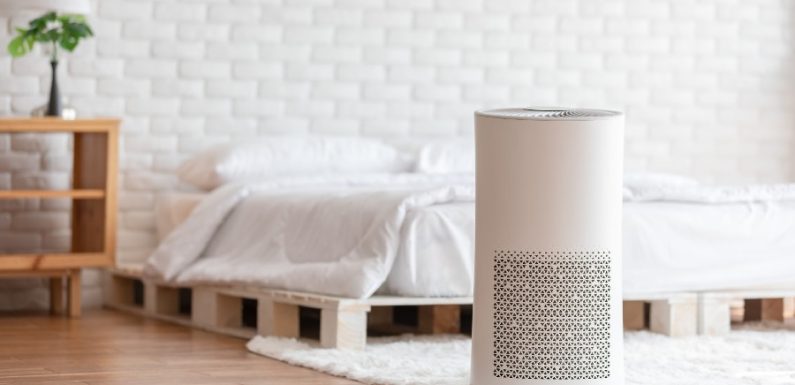
This is an all-inclusive Australian air purifier wholesale purchasing guide that will assist you in finding the most suitable air cleaner from wholesale distributors for your needs. By reading this helpful guide, find out what an air purifier is and why you may need one! The article will also discuss the most common filtering methods and the contaminants they are best suited to remove. We also provide a comprehensive shopping guide that details everything you should think about before settling on an air purifier from wholesale distributors.
Why Do You Need an Air Purifier?
While many air contaminants are invisible to the naked eye, this does not imply that they pose no health risks. Home air pollutants may include living microbes, chemical vapors, and other minute particles that can irritate the respiratory system, make breathing difficult, and exacerbate preexisting respiratory conditions’ symptoms. Most allergens and other airborne pollutants may be effectively removed from our homes using a high-quality air purifier equipped with the right filter technology.
As evident as it is to eliminate the cause of indoor air pollution, doing so is not always feasible or even desirable; thus, an air purifier wholesale or other sort of filtration will be the best solution.
Despite their benefits, air purifiers continue to face skepticism from some. There is some truth to the assertion that air purifiers may improve dirty air quality. Effective air purification in various settings is made possible by air purifiers’ utilization of both time-tested and cutting-edge technology. There are a lot of tests and data to back up the claims. People purchasing inexpensive, low-quality air purifiers that don’t deliver to expectations is the primary cause for the ongoing skepticism. Most of the time, when it comes to air purifiers, you get what you pay for, just as with most other things.
The common question is, “What is an air purifier?”
An air purifier is used to clean the air within a building or other confined space. Air purifiers typically employ one or more fans to constantly recirculate air through filters, removing contaminants such as dust, pollen, pet dander, hair, gaseous pollutants, bacteria, and other minute particles. Most home air purifiers you come across will have a fan built for constant operation, but some air purifiers don’t utilize a fan to circulate air through the machine.
There are primarily two types of home air purifiers
Producers of air cleaners might choose from several different technological approaches. However, the actual cleaning efficiency of each air purifier may vary widely, even though some models may have as many as six other filtration technologies. Filter technologies, filter size, filter quality, filtration sealing, airflow rates due to fan size, and airflow design all play a role in these efficiency variations
There are two main types of air purifiers: those designed for specific uses and those more universal
Conclusion
To deal with a wide variety of airborne pollutants, general-purpose machines often combine multiple technologies. However, these machines may struggle with more extreme pollutants, such as those with a higher toxicity level. To effectively target and remove specific types of pollutants, specialized machines like the InovaAir Airclean E20 Chemical Plus will typically have fewer technologies but will use heavier-duty, specially modified, higher quality, and more expensive filter components.








